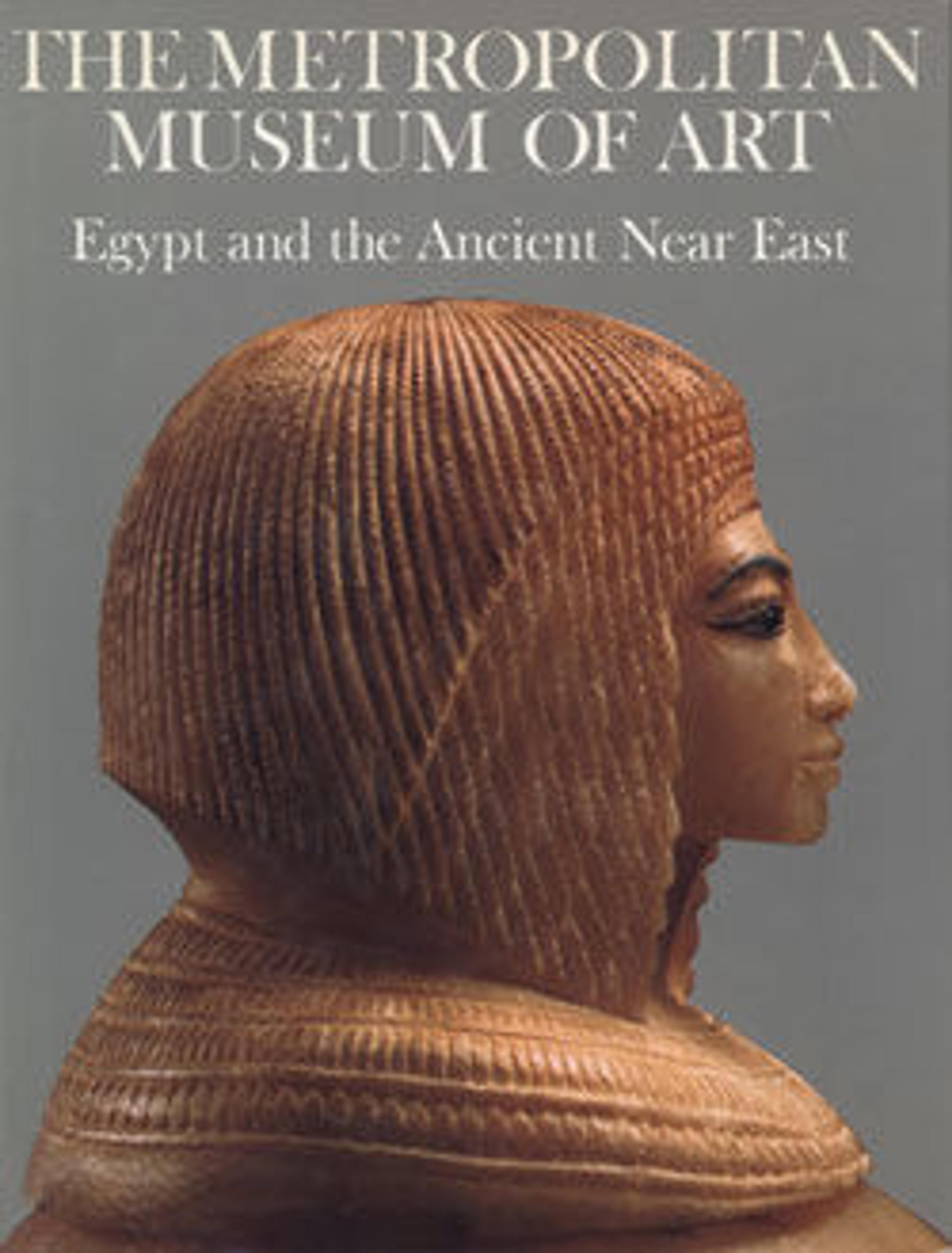Painted Plaster Pavement Fragment
Discovered in Room E of the palace of Amenhotep III at Malqata, this fragment was part of the border of the decorated mud plaster floor. The painting style closely resembles that of similar pavements found at Amarna, the city built by Amenhotep's son and successor Akhenaten, suggesting that some of the same artists worked at both locations.
For other paintings from the palace, see 11.215.453, 11.215.454, 12.180.257 and 12.180.258.
For other paintings from the palace, see 11.215.453, 11.215.454, 12.180.257 and 12.180.258.
Artwork Details
- Title:Painted Plaster Pavement Fragment
- Period:New Kingdom
- Dynasty:Dynasty 18
- Reign:reign of Amenhotep III
- Date:ca. 1390–1352 B.C.
- Geography:From Egypt, Upper Egypt, Thebes, Malqata, Palace of Amenhotep III, Room E
- Medium:Stucco with blue, green, yellow, and brown pigments
- Dimensions:Unframed: H. 42.5 × W. 52 cm (16 3/4 × 20 1/2 in.); Framed: H. 43.7 × W. 54 cm, 7.6 kg (17 3/16 × 21 1/4 in., 16.8 lb.)
- Credit Line:Rogers Fund, 1920
- Object Number:20.2.2
- Curatorial Department: Egyptian Art
More Artwork
Research Resources
The Met provides unparalleled resources for research and welcomes an international community of students and scholars. The Met's Open Access API is where creators and researchers can connect to the The Met collection. Open Access data and public domain images are available for unrestricted commercial and noncommercial use without permission or fee.
To request images under copyright and other restrictions, please use this Image Request form.
Feedback
We continue to research and examine historical and cultural context for objects in The Met collection. If you have comments or questions about this object record, please contact us using the form below. The Museum looks forward to receiving your comments.
